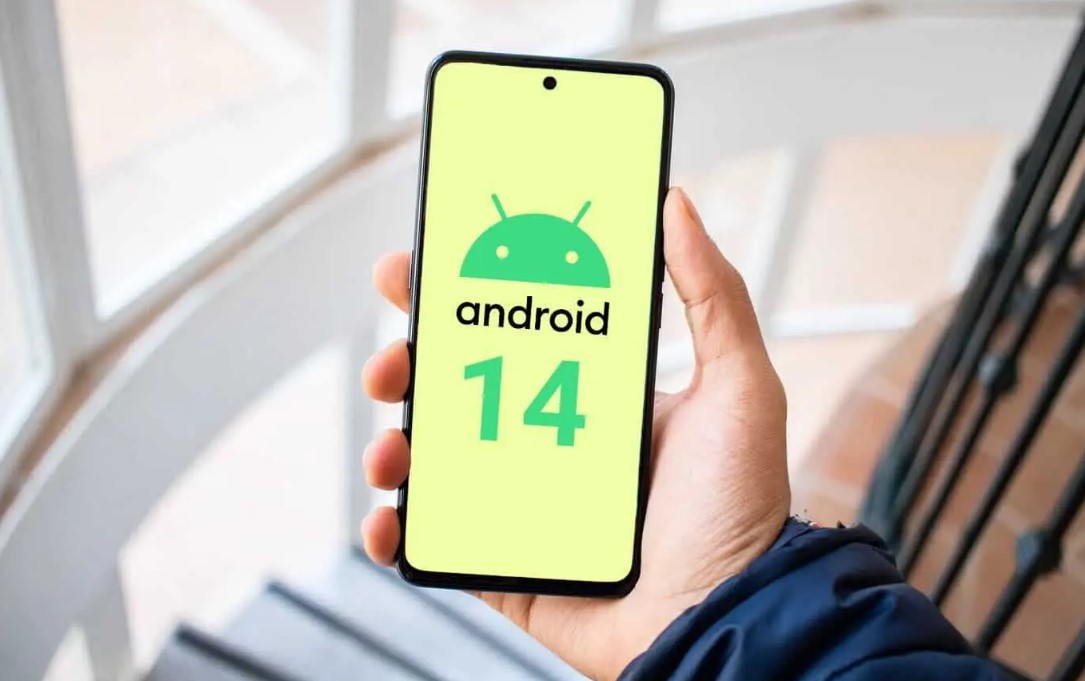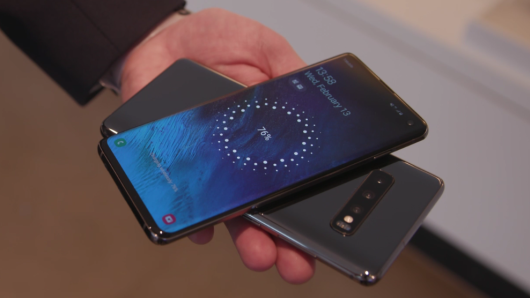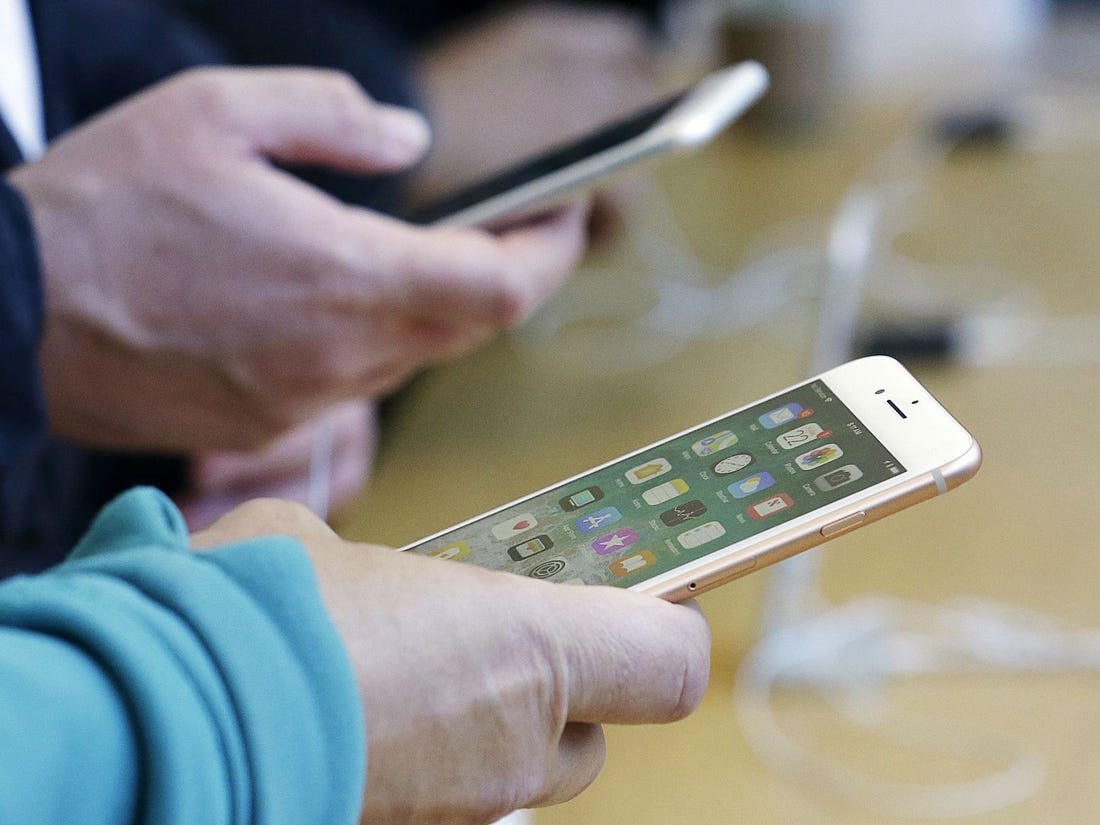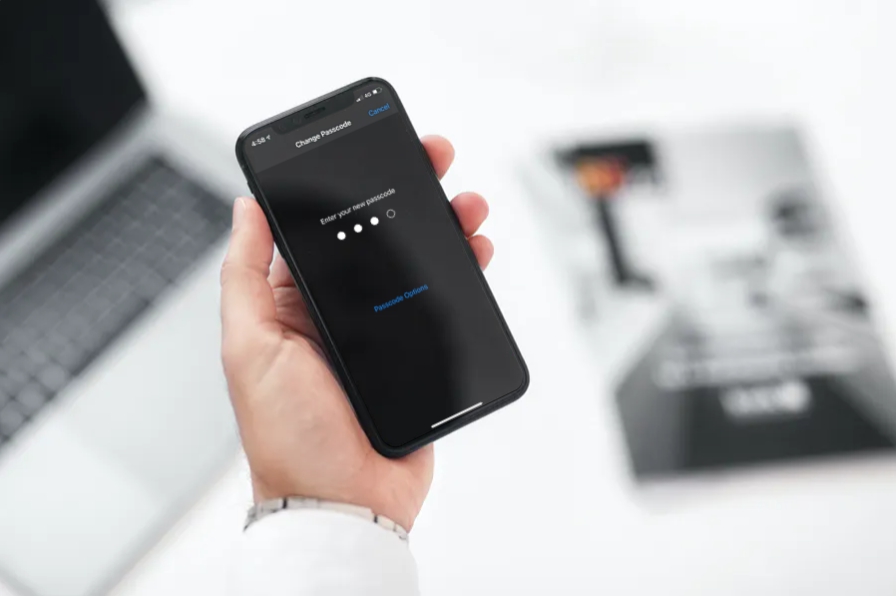Is your Android phone starting to feel sluggish? Don’t worry, there are several simple and effective ways to optimize its performance and get it running smoothly again. In this comprehensive guide, we’ll walk you through 10 practical tips to speed up your Android phone and enhance its overall efficiency. From restarting your device to clearing cache and freeing up storage space, we’ve got you covered. So let’s dive in and get your Android phone back up to speed!
Restart Your Phone
One of the easiest and most effective ways to improve your Android phone’s performance is to restart it regularly. Restarting your phone clears open apps and memory leaks, allowing it to run faster and more smoothly. Think about all those times when your phone drained too quickly or felt sluggish throughout the day. By giving your phone a fresh start, you can eliminate any background processes that may be draining your battery or slowing down your device.
To restart your Android phone, simply hold down the power button for 5-10 seconds until a menu appears. Then, select the “Restart” option. While this method works on most smart Android phones, some devices from different brands may have alternative ways to restart. Regardless, restarting your phone at least once a week is a good practice that can help prevent crashes, prolong battery life, and retain memory.
Pro Tip: Restarting your phone can also clear caches and close apps that are consuming resources, further improving its speed and performance.
Check for Software Updates
Another common reason for a slow Android phone is outdated software. Developers regularly release software updates to fix bugs, improve performance, and introduce new features. So, it’s important to keep your Android device up to date by checking for and installing any available updates.
To check for software updates on your Android phone, follow these steps:
- Go to your Settings.
- Scroll down and tap System.
- Select System update.
- Tap Check for update.
If there are any available updates, make sure to install them to optimize your Android system. These updates are specifically designed to address performance issues and enhance the overall functionality of your device. So, by staying updated, you can ensure that your Android phone runs smoothly and efficiently.
Free Up Storage Space
Limited storage space can significantly impact your Android phone’s performance. When your device is running low on storage, it may struggle to process tasks efficiently, resulting in slower performance. Therefore, it’s essential to regularly free up storage space to keep your Android phone running smoothly.
To free up storage space on your Android phone, follow these simple steps:
- Go to Settings.
- Select Storage.
- Tap Free up space.
- Follow the prompts provided by your phone to clear your storage, such as cleaning junk files, deleting large files, removing unused apps, and deleting backed-up media.
Android devices are intelligent and can guide you through the process of freeing up storage if you’re unsure where to start. By doing this, you not only enhance your device’s performance but also create more space for new photos, videos, and content.
Pro Tip: Consider using cloud storage services or transferring files to an external storage device to further optimize your Android phone’s storage capacity.
Clear Your Cache
If you frequently browse the internet on your Android phone, clearing your cache can significantly improve its speed and performance. When you visit websites or use apps, temporary files, known as caches, are stored on your device. Over time, these caches can accumulate and take up valuable memory, resulting in slower performance.
To clear your browser cache on Google Chrome, follow these steps:
- Open your browser.
- Tap the menu icon (three dots) in the top right corner.
- Go to Settings.
- Select Privacy and security.
- Choose Clear browsing data.
- Customize the options based on your preferences, such as the time range and data types to clear.
- Click Clear data.
For Mozilla Firefox, follow these steps:
- Open your browser.
- Tap the menu icon (three dots) in the top right corner.
- Go to Settings.
- Select Clear private data.
- Choose the data types you want to clear.
- Tap CLEAR DATA.
By regularly clearing your cache, you can free up memory and allow your Android phone to run faster and more efficiently.
Uninstall Unused Apps
Having numerous unused apps on your Android phone can significantly impact its performance. These apps take up storage space, consume system resources, and potentially run background processes, all of which contribute to slower performance. Therefore, it’s essential to regularly uninstall any apps that you no longer use.
To uninstall apps from your Android phone, follow these steps:
- Tap and hold the app icon you wish to delete.
- Go to App info.
- Select Uninstall.
For multiple app removals, you can also go to your app library on the Google Play Store:
- Open the Google Play Store app.
- Tap your profile icon in the top right corner.
- Go to Manage apps & devices.
- Select the Manage tab.
- Tap the sorting icon and choose Least used.
- Select all the apps you want to remove.
- Tap the delete icon in the top right corner.
- Follow the prompts to uninstall the apps.
We recommend uninstalling any apps that you haven’t used for at least six months. By doing so, you can declutter your device, free up storage space, and improve its overall performance.
Turn Off Animations
While visual animations on your Android device can enhance the user experience, they can also impact its performance. Animations, such as app transitions or screen effects, require system resources and can slow down your device. Turning off these animations can help boost your Android phone’s speed and responsiveness.
To turn off animations on your Android phone, follow these steps:
- Go to Settings.
- Scroll down and select Accessibility.
- Go to Text and display.
- Toggle off the Remove animations option.
By disabling animations, you can allocate more resources to essential tasks and improve the overall speed and fluidity of your Android phone.
Use Lite Edition Apps
Many popular apps offer a “Lite” edition, which is a stripped-down version designed to consume fewer resources and run faster. Lite apps are ideal for devices with limited storage or lower specifications, as they provide a lightweight alternative without compromising essential features.
Some examples of Lite edition apps include Facebook Lite, Messenger Lite, Skype Lite, Instagram Lite, LinkedIn Lite, Twitter Lite, and Spotify Lite. By using these Lite versions, you can optimize your Android phone’s speed and performance while still enjoying your favorite apps.
Consider searching for Lite versions of your preferred apps to enhance your device’s speed and efficiency.
Remove Excessive Widgets
Widgets are useful tools that can provide quick access to information or add visual appeal to your Android phone’s home screen. However, having too many widgets can consume system resources and slow down your device. To optimize your phone’s performance, it’s recommended to remove any unnecessary widgets.
To remove widgets from your Android’s home screen, follow these steps:
- Touch and hold the widget you want to remove.
- Drag the widget to the Remove option at the top of your screen or tap Remove from home.
By decluttering your home screen and removing excessive widgets, you can streamline your Android phone’s performance and improve its speed and responsiveness.
Turn Off Sync and Background Data
While background sync allows you to receive instant notifications from your apps, it can also consume system resources and impact your Android phone’s performance. By disabling background sync and limiting background data, you can optimize your device’s speed and extend its battery life.
To turn off background sync for individual apps, follow these steps:
- Go to Settings.
- Select Network & Internet.
- Go to Internet.
- Tap the settings icon for your mobile data network.
- Select App data usage.
- Scroll down and tap into each app for which you want to turn off background data.
- Toggle off the Background data option.
By selectively disabling background sync, you can prioritize essential apps and reduce unnecessary background processes, resulting in improved performance for your Android phone.
Check for Malware
If you’ve tried all the previous tips and your Android phone is still experiencing slow performance, malware could be the culprit. Malicious software can significantly impact your device’s speed, stability, and overall security. To ensure your Android phone is free from malware, follow these steps:
- Open the Google Play Store app.
- Tap your profile or menu icon in the top right corner.
- Go to Play Protect.
- Click Scan.
If your device detects any harmful apps, it will provide options to remove them. Additionally, you can consider installing reputable antivirus apps specifically designed for Android devices to enhance your device’s security and performance.
By regularly scanning for and removing malware, you can protect your Android phone and maintain its optimal performance.
Wrapping Up
Your Android phone is an essential tool in your daily life, and it should work seamlessly to support your needs. By following these 10 effective tips, you can significantly improve your Android phone’s speed and overall performance. From restarting your device to clearing cache, freeing up storage, and optimizing settings, these practical solutions will ensure your Android phone runs smoothly and efficiently.
Remember to regularly update your software, remove unused apps and widgets, and stay vigilant against malware. By implementing these measures and adopting good maintenance habits, you can enjoy a fast, responsive, and reliable Android phone experience.







